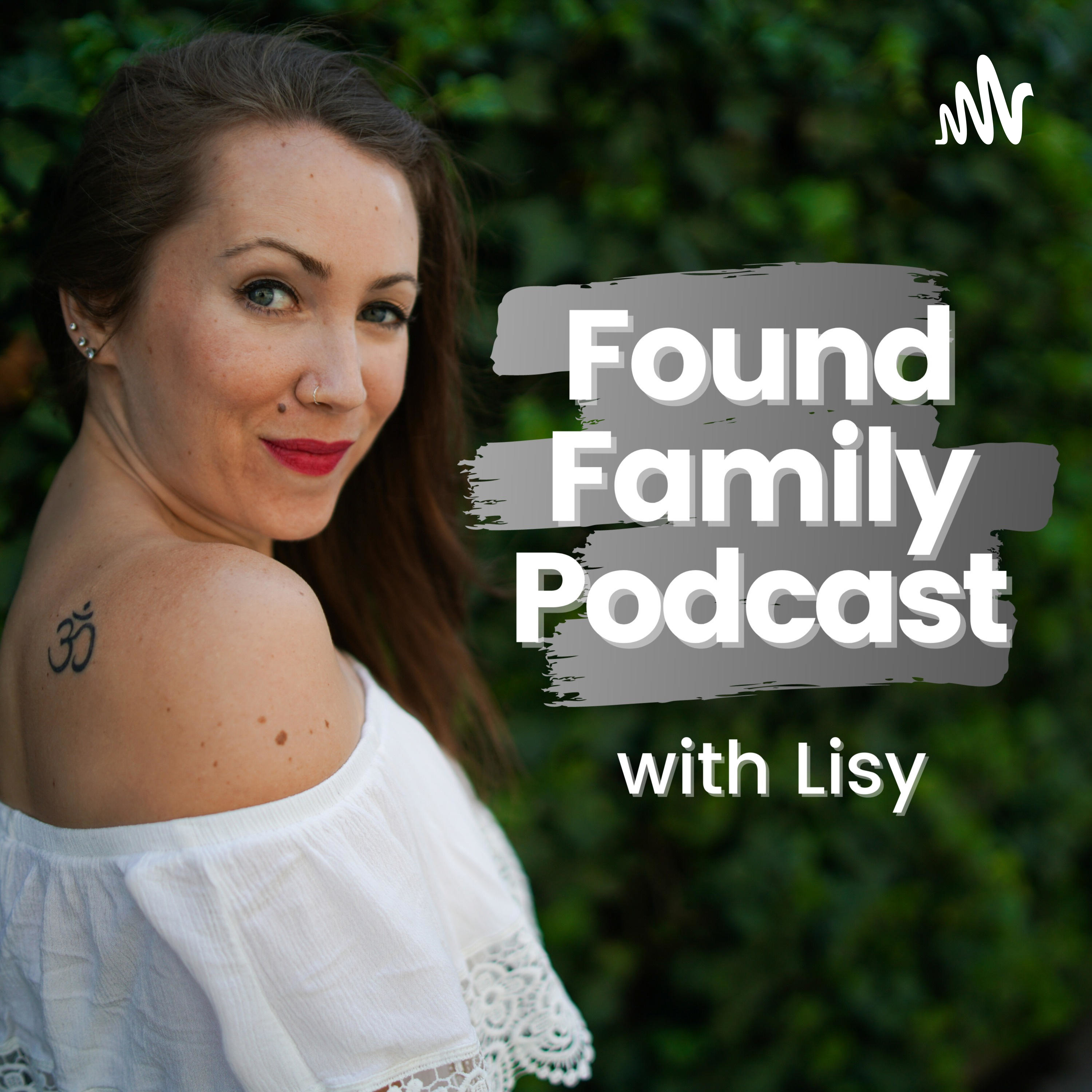Brain Lock: How to free yourself from OCD - Step 1 RELABEL

\u201cIt\u2019 not me, it\u2019s my OCD\u201d\xa0\n\nThe first step is to Relabel, and this helps answer the question:\xa0\nWhat are those bothersome, intrusive thoughts?\n\nLet's take a look at Carla, a beautician, referenced in this book (page 36-37):\xa0\n"...became so obsessed with the idea that she was going to harm her infant daughter that she considered giving up for adoption this child she had wanted so much, for so long... Carla was at first misdiagnosed as having severe postpartum depression, would suffer panic attacks -- thoughts that she was going to kill the baby -- that were so severe that she couldn't even look at a knife or a pair of scissors. "It was like watching a movie where you almost put yourself into that screen and you think, 'Oh God, am I capable of committing such an act?' I was fighting this every day, all day.'" There was a long time when her OCD thoughts were so bad that she wanted to be committed, so bad that she thought of taking her own life to spare her daughter's life."\xa0\xa0\n\n\nHere are the most important takeaways to remember from this chapter:\n\n\n\nCall them what they are: obsessions and compulsions\n- Make a\xa0conscious effort to stay grounded in reality\xa0\n- Strive to avoid being tricked into thinking that the feeling is real. It\u2019s not.\n- Your thoughts and urges are symptoms of OCD, which is a medical disease\xa0\n- The brain is sending false messages\xa0\n- Stress heightens OCD anxieties\xa0\n- Obsessions are not reality - they\u2019re fears because you think, wow these thoughts seem so horrific and unbelievable \u2014 but remember, you have the power to control your responses to your thoughts\xa0\n- Changing your behavior will change how your brain works\n- The struggle isn\u2019t to make the feeling go away, it\u2019s not to give into the feeling \u2014 these steps will help you manage your fears because you can fight back\xa0\n\n\nHow to use RELABEL \u2014 AKA increasing your insight (knowing it\u2019s OCD)\xa0\n1. Keep in mind what they enemy really is, and call it what it really is. "It's not me, it's my OCD"\n2. Talk back to your OCD\n3. Anticipate - an important subset in Relabeling \u2014 say to yourself, "OK here comes my obsessive thought!"\n4. Use mindful awareness \u2014 it requires you to consciously recognize and make a mental note of the unpleasant feeling and relabel it as an OCD symptom caused by a false message from the brain\xa0\n5. Use your Impartial Spectator = the ability to stand outside of yourself and watch yourself in action = same mental action as the ancient Buddhist concept of mindful awareness\xa0\n6. Accept \u2014 another important subset in Relabeling\xa0\n7. Stay busy \u2014 activity is your friend, boredom is your enemy\xa0\n8. Keep track of your progress \u2014 as you forget your symptoms on the road to recovery you may also forget your progress\xa0\n\nREMEMBER:\xa0\n- When you Relabel automatically it becomes a ritual in itself and no longer holds meaning. So remember to use mindful awareness\xa0\n\n- AND the key to success is strengthening your Impartial Spectator - your ability to stand outside of yourself and observe your actions with mindful awareness\xa0\n\n\n- - - - - - -\xa0\n\nLet's get #iAmNotMyThoughts and #iAmStrongerThanMyThoughts trending on Twitter to spread this awareness!\xa0\n\n\n\nIf you're interested in joining our book club, please DM me on @FoundFamilyPod on Twitter!\xa0\n\n- - - -\xa0\n\nDisclaimer: most of the quotes and references in this episode are not my own. They are from a book called Brain Lock by Jeffrey M. Schwartz, MD with Beverly Beyette\xa0\u2014 LINK to buy: Brain Lock, Twentieth Anniversary Edition: Free Yourself from Obsessive-Compulsive Behavior https://www.amazon.com/dp/006256143X/ref=cm_sw_r_cp_tai_pZWxEb4VNEE64\n\n--- \n\nSend in a voice message: https://podcasters.spotify.com/pod/show/foundfamily/message\nSupport this podcast: https://podcasters.spotify.com/pod/show/foundfamily/support